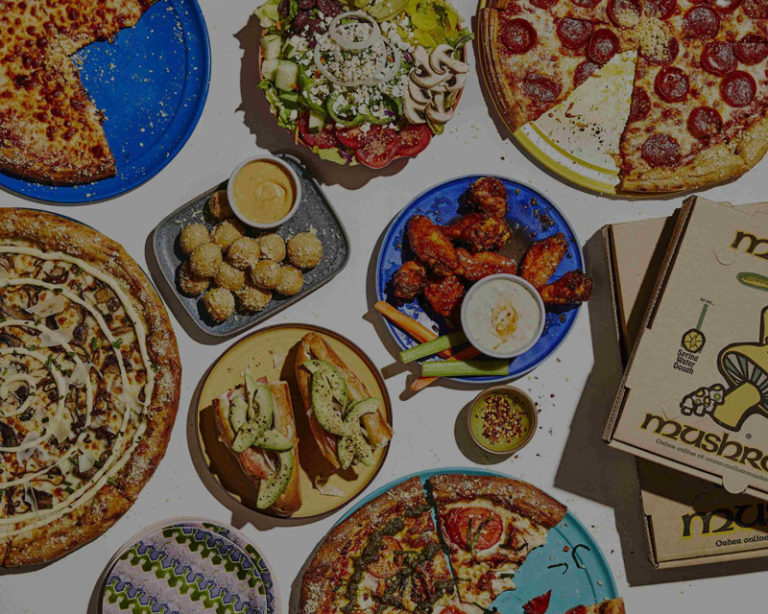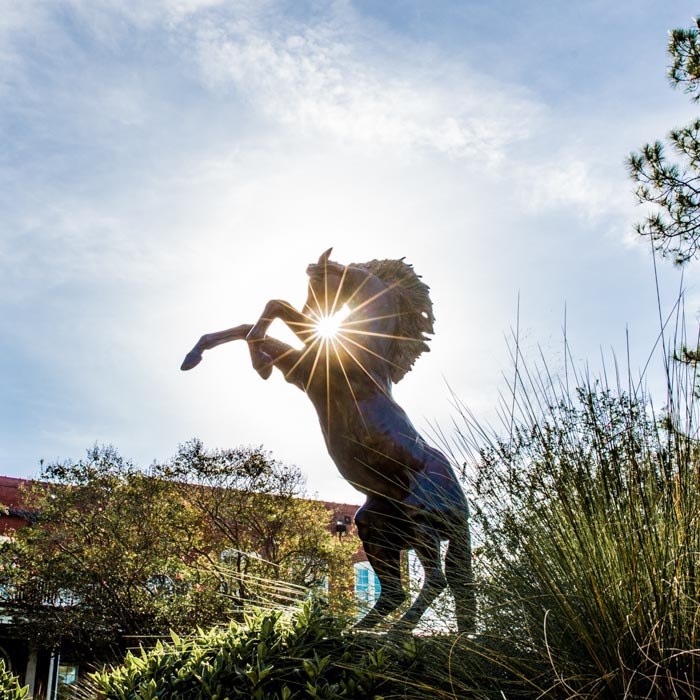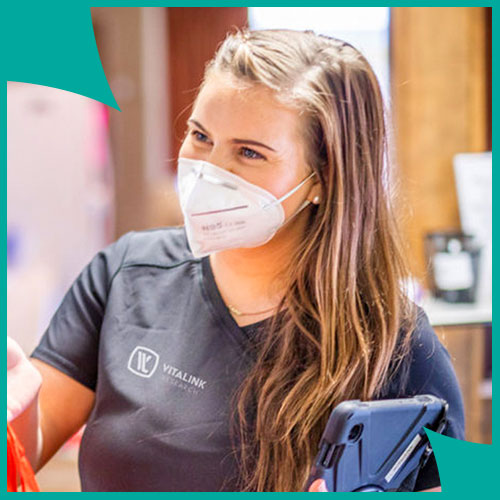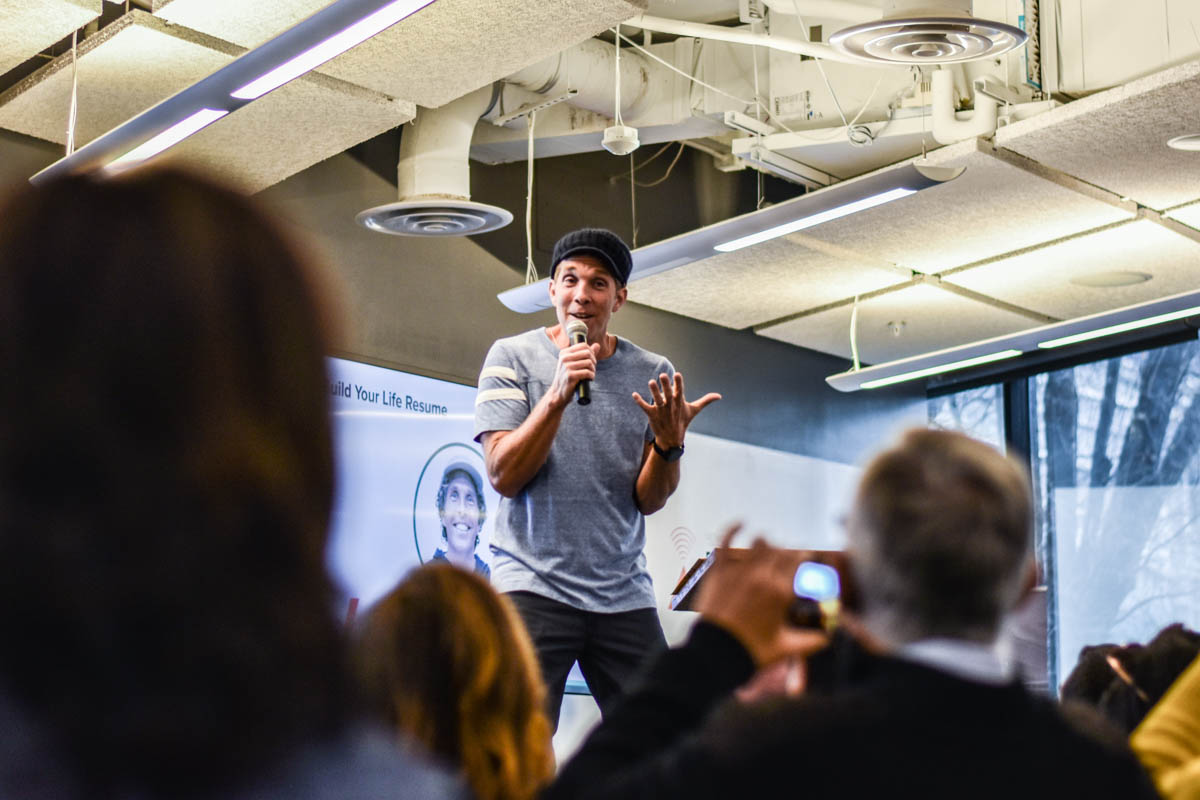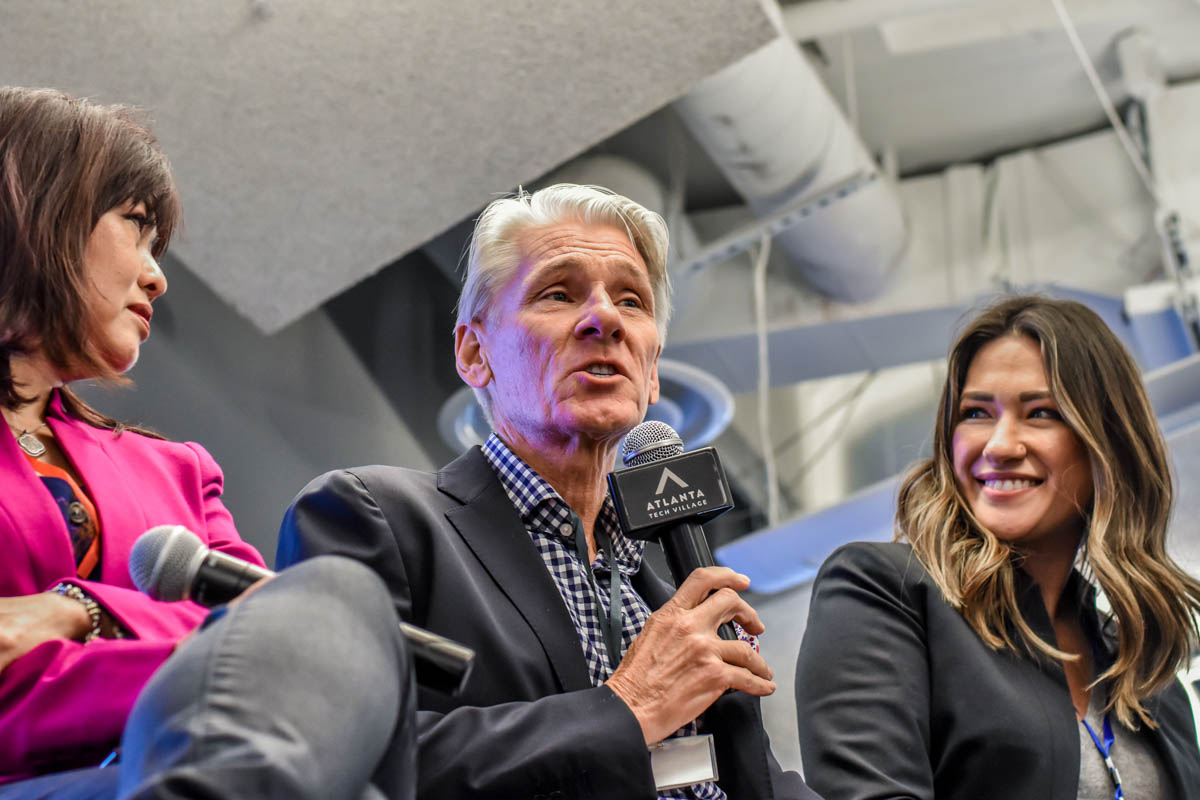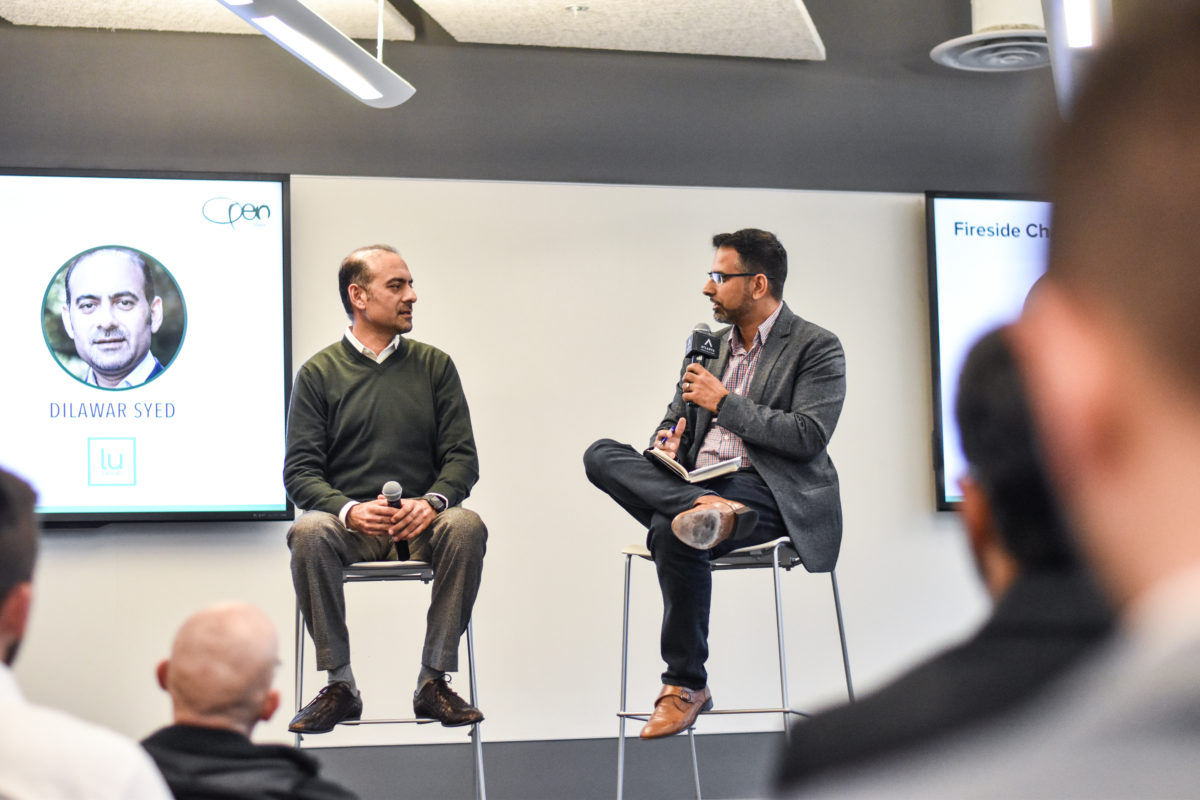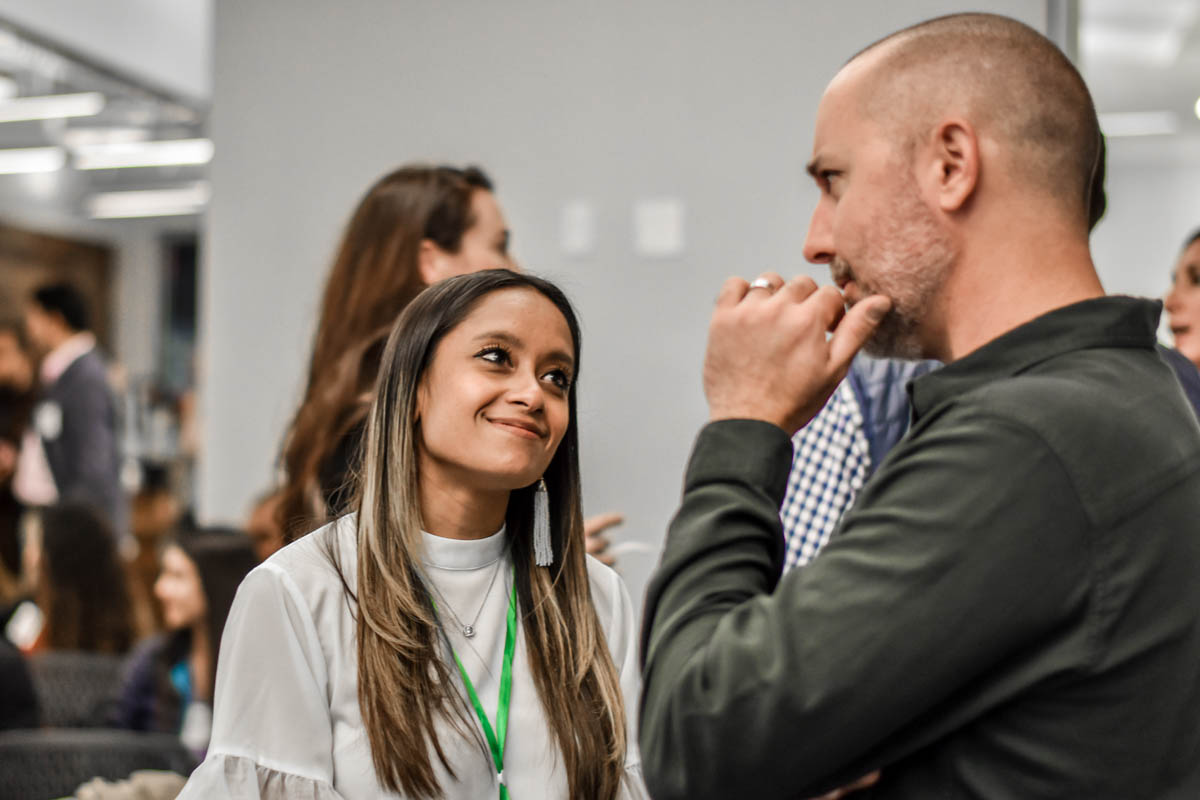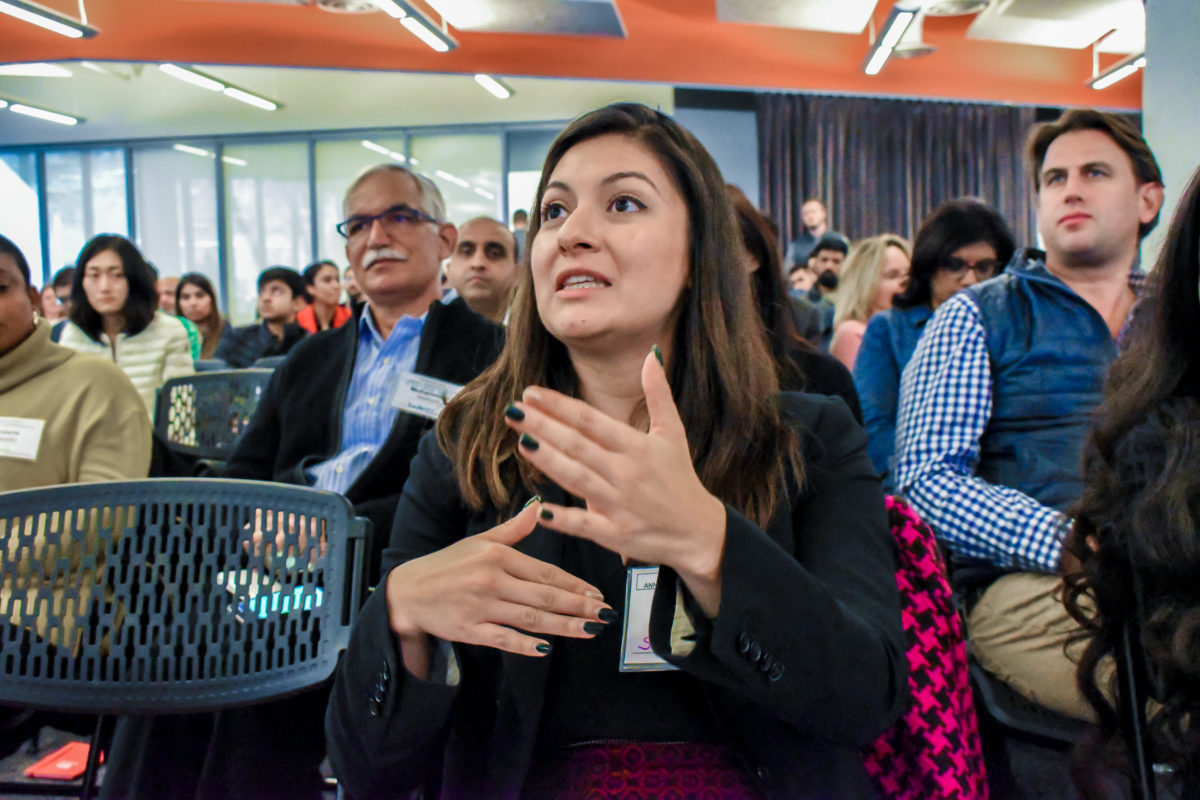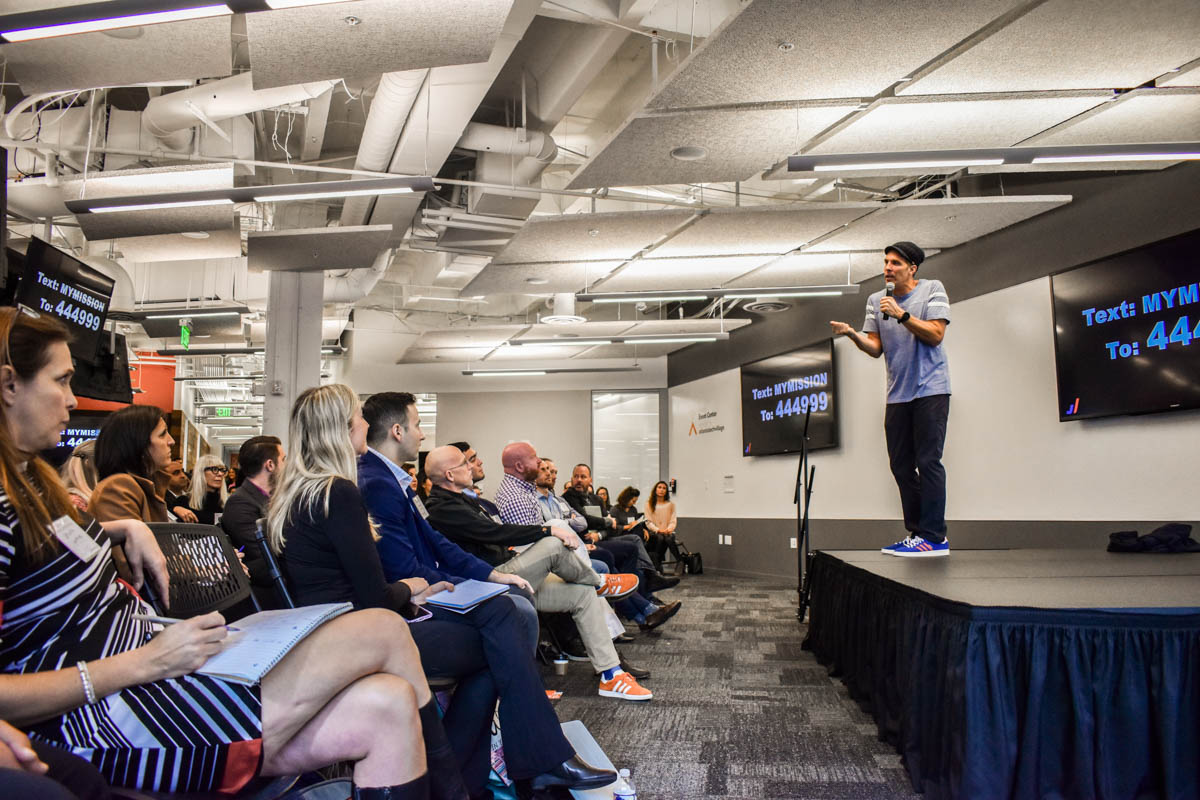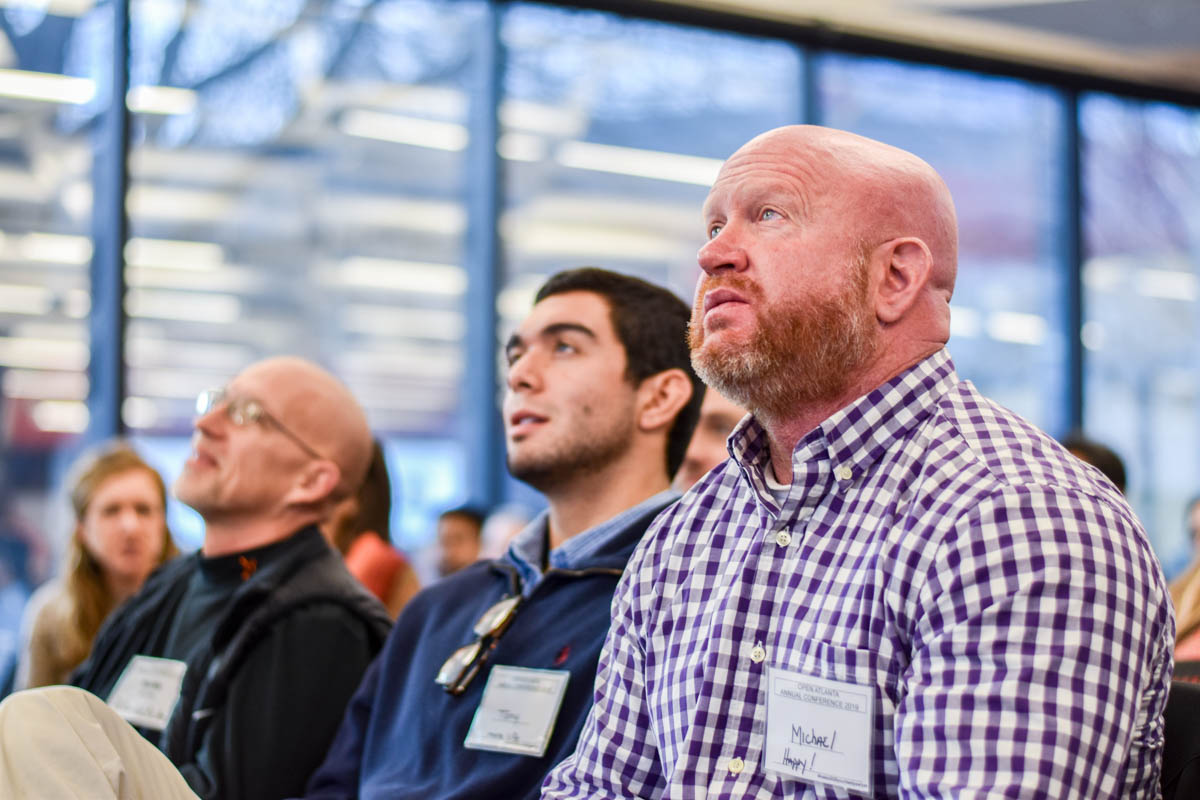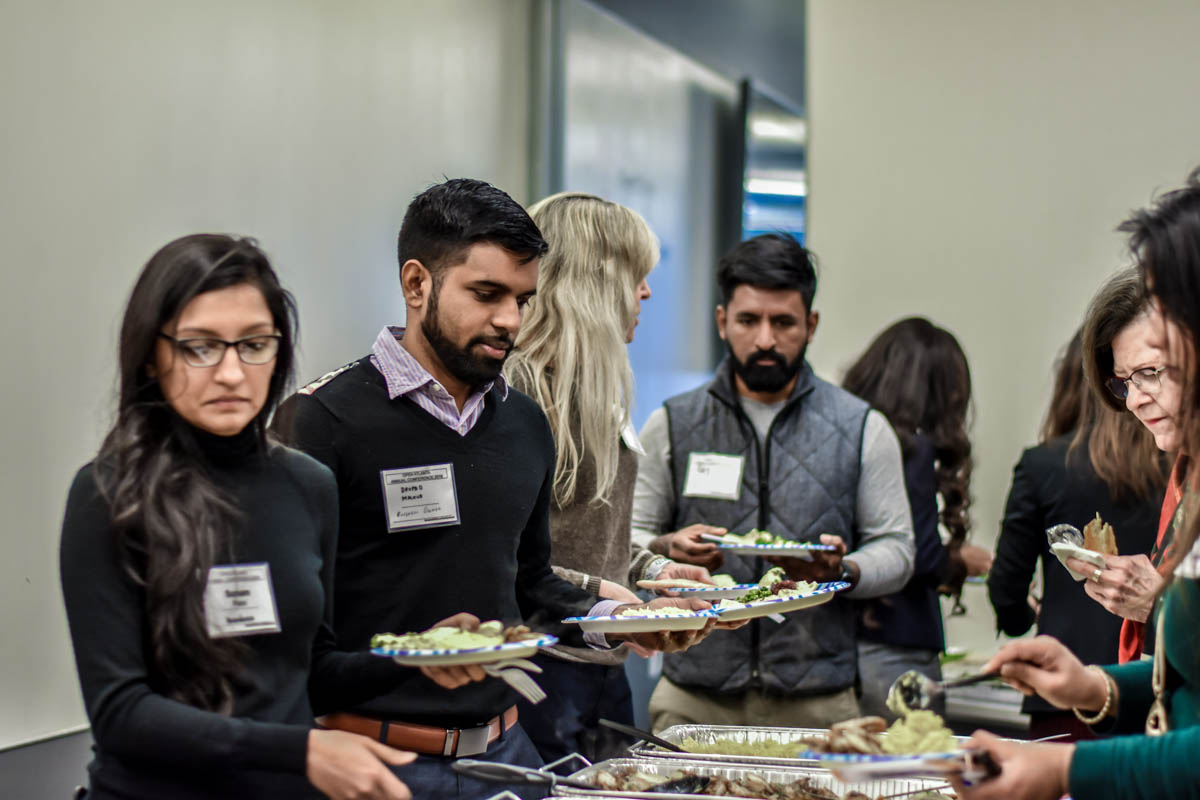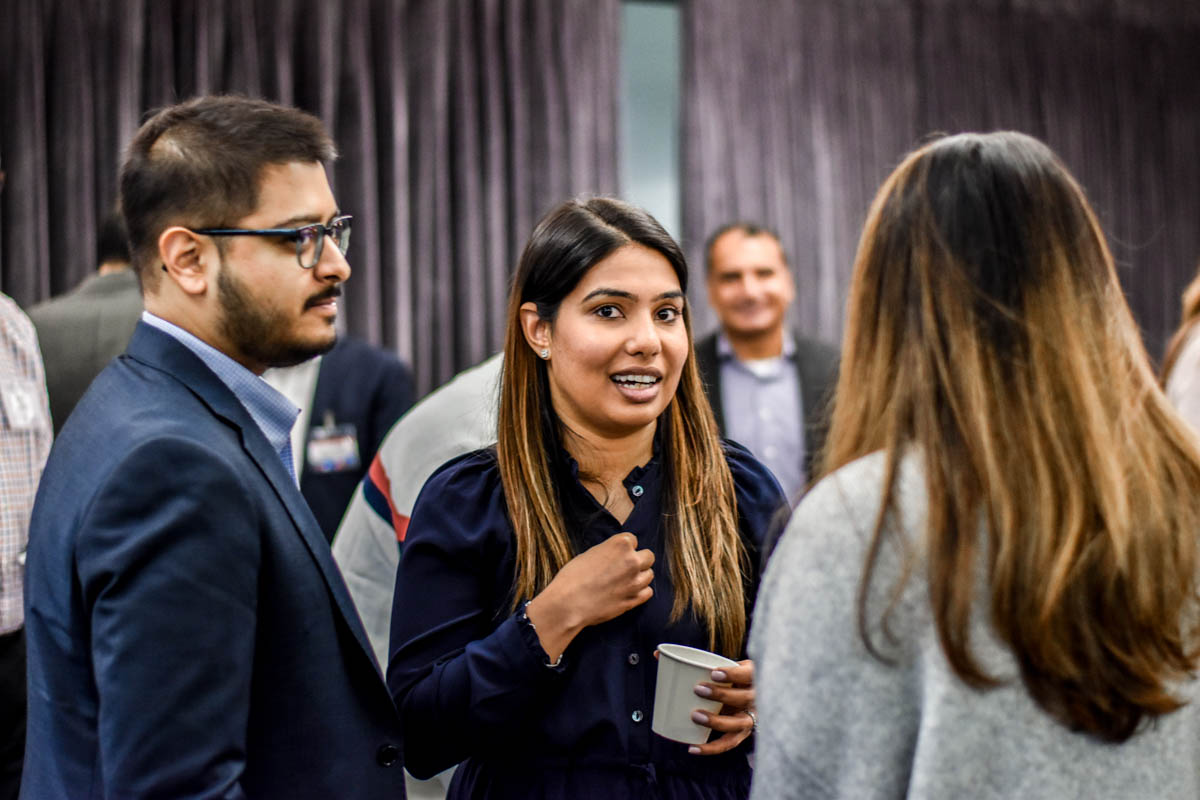Don’t Let Your Website Drive Your Brand — Give Your Brand The Wheel
Does this situation sound familiar to you? You hire an agency to redesign your website. After some initial discovery, they come back to you with a variety of homepage iterations. Maybe some people on your team like one approach, while others like a different one, and some don’t like any of them at all. The process lurches forward, stalls, backtracks and takes twice as long (and costs twice as much) to complete as originally planned. Six months after launch, you’re still asking for changes to foundational pages, key visual elements and core language. You’re never really satisfied with it. Two years later, you start all over again.
I’ve noticed that when website redesigns turn into horror stories, it’s almost always because both the agency and the client are trying to solve a branding problem by building a new website. The client might think they know their brand, but if you ask five people on the leadership team to articulate it, you’ll get five different answers. They don’t really know who they are, where they’re going or how to get there, but they start building the website anyway in hopes that they’ll figure it out along the way. No wonder so many websites end up such a mess.
Your website is not the answer to your organization’s brand challenges, and your website should never take the wheel of your brand. Branding challenges need branding solutions.
But here’s a little secret: Once you figure out your brand, building your website doesn’t have to be so hard.
Website Design Is A Wasteful Way To Discover Your Brand
Someone I know inside the organization has since told me that they’ve had so many change orders that they’ve already paid double the originally quoted price. They’ve now rehired the same agency to redo their logos, which they’ve decided they don’t like. And they’re still not happy with the site, so they’ll likely end up spending more.
If you look closely at what happened with this client, you can see that they are in the process of figuring out their brand; they’re just doing it backward. They’re letting the website drive a stealthy branding process that is inefficient, inconsistent and ultimately less authentic and less likely to serve their goals.
They’re choosing their brand colors, logo, fonts and photo styles through the costly work of homepage iterations and change orders — and probably not fully considering whether they’ll work well in print ads, on t-shirts or on Instagram.
They’re stumbling along to the structure of their brand story through navigation decisions and letting common web design practices (a.k.a. “what everybody else is doing”) shape their narrative rather than taking a deeper look at their brand’s true story and letting that drive navigation.
They’re even roughing out their voice and tone through writing page titles, headlines, copy and calls to action, but none of it is guided by a strategic understanding of their brand message and how it should best be told.
You can see that these winding roads are slowly getting them closer to some approximation of their brand, but what a wasteful way to get there. The requirements and common practices of web collateral have played an outsized role in defining their brand’s destination. And as they create other marketing collateral that’s merely derivative of their website, much will likely be lost in the translation.
Brands Drive Efficiency, Consistency And Authenticity
My agency recently rebranded a nonprofit client that presents musicians in multiple venues all over Atlanta. Their old website included a very long history of the organization; it was basically an exhaustive “about” section. The history was well told and interesting, and it’s common practice for organizations to provide this kind of background. It all looked like good web design practices at first.
However, in focusing on developing their brand prior to a website redesign, we all came to understand that their true mission was to lift up local musicians and help them succeed. Their brand wasn’t about the history or the leadership of the organization. It was about the musicians. The musicians were what mattered.
When it came time to develop the new website, the long history went away and was replaced by in-depth stories about the musicians. Website imagery shifted from show posters and crowd photos to close-ups of the musicians. For every decision we made about the website redesign, we asked, “What serves our mission to lift up the musicians?”
To build your brand efficiently, consistently and authentically, I believe you have to work from a deeper understanding of your brand than the website design process can give you. Consider the demographics, motivations and ethos of your audience, as well as the value you’re offering and the message that best conveys that. Consider the experiences and connections you want to create with your customers or clients and the fundamentals of your brand identity.
When you define your brand first, you go into the web design process already knowing your color palette, photography styles, logos and fonts. You know your brand story and can let that guide your navigation. You know your messaging, voice and tone, so you know what your headlines and calls to action should say.
Apply best practices for information architecture and user journeys, and the website almost builds itself. Design choices are obvious. Most of your content is already written. And because you first took the time to get your brand right, the core pages and foundational messaging should endure for years to come.
In the end, your website and all of your other marketing collateral will better connect with your audience, serve your brand’s goals and support your organization’s growth. It can be easy, but only if you let your brand take the wheel.
The ADA and Universal Design: Why Do We Develop Accessible Web Experienc …
Why do we develop accessible websites? And what does it even mean for a website to be accessible? The answers lay in a complicated 60-year history of disability activism and in 30-year-old legislation created before the web. It’s a story of U.C Berkeley wheelchair renegades who took sledgehammers to sidewalk curbs, a visionary architect who designed an illustrated guide to accessible building codes, and an ongoing attempt to define how the legislation that brought us wheelchair ramps applies to website design.
This is the first in a series I’m writing on accessible web experiences. In the articles to follow, we’ll look closer at the “how” of accessible design. But to begin, we’ll focus on the “why”.
A World Without Websites
The world’s first website went live on August 6, 1991, one year after passage of the Americans with Disabilities Act (ADA) and only 11 days after publication by the Department of Justice of the Title II and Title III regulations for government and private entities that are open to the public. So website accessibility is not explicitly addressed within the ADA.
However, a 2006 class action lawsuit against Target led to a federal court decision that the requirements of the ADA do indeed apply to websites. The DOJ has since generally held that the ADA applies to the websites of entities that serve the public, and the DOJ’s 2010 Standards for Accessible Design state, “Although the language of the ADA does not explicitly mention the Internet, the Department has taken the position that title II covers Internet Web site access.”
Title II applies to state and local government agencies. The DOJ’s statements have been somewhat murkier and inconsistent in reference to Title III, which applies to privately owned places of public accommodation, but most DOJ pronouncements have affirmed that the ADA does apply to these websites. The preponderance of civil court cases have upheld this as well.
Codifying Compliance
So what does ADA compliance look like in a website? The DOJ’s original Standards for Accessible Design (PDF), published in 1991, provided detailed regulations for the maximum height of drinking fountain spouts (36 inches), the maximum force that can be required to open an interior self-closing door (5 lbf), and the maximum reach depth to ATM controls if the ATM can only be approached from a parallel pathway (10 inches). But the 1991 guidelines understandably said not a word about what was required of an accessible website.
This has led to much confusion. What distinguishes an accessible website from an inaccessible one?
In an attempt to bring clarity to the issue, the World Wide Web Consortium (W3C) established best practices for accessible design in its Web Content Accessibility Guidelines (WCAG), first published in 1999 and substantially revised in 2008. While it is a recommendation without the binding force of law, U.S. court rulings, beginning with Gil v. Winn-Dixie in 2017, have identified it as the “industry standard.”
In 2003, the DOJ published “Accessibility of State and Local Government Websites to People with Disabilities,” which established website accessibility standards for state and local governments, but rules for non-governmental entities remained in limbo.
Starting in 2010, the DOJ gave advance notice of a rule-making process that would have, at last, clearly codified the U.S. legal standards of website accessibility for non-government entities. That process went through years of delays until a 2017 executive order effectively halted the process again.
So an official U.S. codification of website accessibility compliance for non-government entities remains on indefinite hold, but the core principle remains unchanged and upheld in hundreds of court cases. Websites of companies and other organizations that serve the public must be accessible. And, in the absence of final rules from the DOJ, the WCAG is generally recognized as the industry standard for compliance.
But accessible design is about much more than avoiding litigation or complying with the ADA.
From Curb Cuts to Mobile First
In the 1960s and early 1970s, a group of disabled activists and their allies at U.C Berkeley started what became a national movement to put curb cuts in sidewalks. These mini ramps that ease the transition from sidewalk to road and back again supported mobility independence for people in wheelchairs. But whether you’re in a wheelchair, pulling a roller bag, or pushing a shopping cart or stroller, curb cuts make all our travels easier.
More recently, in the 2000s and 2010s, web design shifted from static to responsive, and from desktop first to mobile first. Initially, developers adapted their “regular” (desktop) websites to be more accessible on mobile devices. But as smartphones began to dominate the market, mobile design became increasingly dominant.
Designing for mobile devices didn’t only make websites better for smartphones. All websites became less cluttered, cleared of excessive content, and easier to navigate. It turned out that a site built to be better for mobile devices was a better website for all.
There’s a recurring pattern to accessible design in both the built and virtual environments. First, accessibility is not even a consideration. Then the law makes it a compliance concern. Public and private entities rush to remediate the existing environment. Enterprising people come along with easier ways to retrofit accessibility. Then people begin designing and building for accessibility from the beginning, which is ultimately more cost effective. And as they do so, we discover that it benefits us all.
Today, this is leading us toward a new paradigm of website design.
Universal Design
First described by architect Ronald Mace, universal design is “the design and composition of an environment so that it can be accessed, understood and used to the greatest extent possible by all people regardless of their age, size, ability or disability.”
It’s an idea that started in the built environment. Mace’s first book was An Illustrated Handbook of the Handicapped Section of the North Carolina State Building Code, which sought to help architects understand the nation’s first building code for accessibility.
Today, we’re integrating his principles into web design.
The question is no longer: How do we adapt “regular” websites to work better for people with disabilities. Instead, we’re asking: How do we design and build websites that can be “accessed, understood and used to the greatest extent possible by all people”?
The question prompts us to think about extreme users, those whose needs create the greatest challenges to utilizing whatever the website offers. This thinking drives innovation, and that innovation benefits us all.
Consider predictive type for text messages and Google Search, automated subtitles in YouTube and Instagram, and voice assistants like Siri and Alexa. These all began as accessibility innovations designed for extreme users, innovations driven by compliance but now a boon for us all.
The Why of Accessible Web Design
So why do we develop accessible web experiences?
To avoid lawsuits and comply with the ADA? That’s a beginning and important for the survival of any company, though not all that inspiring.
To grow our businesses by better serving what the CDC estimates are the 1 in 4 American adults who have a disability? That takes us beyond surviving to thriving.
To do what’s right for our fellow human beings with disabilities? That’s very important to me.
But I propose a bigger, bolder why. We should build accessible websites because it makes the modern web better for everyone. Companies, organizations, government entities, people with and without disabilities… everyone. Accessible websites are better websites, not only for some but for all.
This should drive us to go beyond the minimum standards of compliance. We should be reaching always to empower more people with all that the Internet has to offer. We should be building a better web that serves all people well. And that’s a vision that should inspire us to try harder every day.
You Don’t Have to “Fake It Till You Make It”. Just Ask More Questi …
Like many other writers and creatives, I worked in restaurants for a long time while trying to figure out my career path. That experience taught me a range of important things in my life. In a busy restaurant, for instance, you learn how to deal with difficult people, prioritize organization, and remain detail oriented. And there’s no better way to boost your empathy through the roof than learning to deal with moms of kids with gluten allergies or a deep disdain for anything resembling an onion.
When you work in a fine dining restaurant where people are spending hundreds of dollars on multiple courses of chef-curated, locally sourced ingredients and very old bottles of wine, they expect you to know the answer to every question. From “Which wine pairs best with this dish?” to “When was this cow still alive?” — you’ve got to have answers if you want to make tips.
In some of these cases, you’re free to get as creative as you please, so long as your answer isn’t going to impact the quality of the meal or mislead the diner. “Yes, of course this cow was a registered organ donor” can do fine, for example. The answer neither matters nor can be verified- a little white lie to make your job a little easier for the night.
But, sometimes a customer has a more serious question around an allergy, or details on an expensive bottle of wine that require a thoughtful and truthful response. In these moments where I found myself unaware of the correct answer, there was one phrase guaranteed to leave the diner at ease and gave me the opportunity to continue excellent service: “I’m not entirely sure about that. Let me find out for you.”
The Power of Asking
A willingness to admit uncertainty and seek out answers works well for a few reasons. First, it lets the customer know you’re paying attention and care enough to find the answer to their question or solution to their problem. It also keeps the conversation and interaction active, even after you leave the table. Furthermore, it shows just a little bit of above-and-beyond effort which can go a really long way, especially when it comes to making an extra 5% tip for a young 20 something on a $500 check.
As I’ve grown in my career and moved out of the restaurant industry into professional creative environments, “I’m not sure about that; let me find out for you” (or at least its spirit) is still something I use to my advantage often. Here are a few ways I’ve found this concept helpful and how to take advantage of it.
Harness the Ego
Many of us may be intimidated or even afraid of admitting we don’t know something. We’ve all been taught (programmed, maybe) to present as experts or thought leaders when it comes to our fields. Saying “I don’t know” often feels like an instant loss of credibility.
In reality, admitting you don’t know everything is an effective way to not let your ego drive your decision making. By no means should one default to indecisiveness or imposter syndrome, but balancing confidence with humility produces more fruitful work and relationships all around. A willingness to admit unknowing creates an opportunity not only to learn something new, but to learn something together: an invaluable element of trust and team building. It often opens doors for opportunity you may have otherwise never stumbled across.
Most importantly, being confidently unsure sucks the ego out of a conversation. It’s much easier to progress with someone willing to learn and figure it out together than having to feign expertise and stumble through a process.
Kill Imposter Syndrome
While asking the right questions can help mitigate the feeling, we all experience some form of “fake it til we make it” from time to time. It’s inevitable and nothing to be ashamed of. But, the process of “making it” can often feel disingenuous or like we’re lying to our colleagues (or ourselves), when we aren’t sincerely sure of something. The funny thing about imposter syndrome though, is that it only exists when you keep it to yourself. As soon as you’re willing to admit you aren’t sure of something and put it out into the universe, you’re transformed from “imposter” to student.
Once we commit ourselves to ongoing learning and a willingness to ask questions, imposter syndrome has little space to hold on. “Fake it till you make it” may be something we can all relate to, but “Learn and figure it out till you make it” is a bit more human, and therefore more appropriate.
Make It Positive
Part of harnessing the power of “I don’t know” is making it a positive statement as opposed to an apology. We’ve been trained to see a lack of expertise as a negative thing: something to be ashamed of, especially in the workplace.
I challenge you instead to reframe the concept. Rather than letting feelings of incompetency or inadequacy creep in when you have a question, see it as an opportunity to learn and better yourself. Relish a conversation about the thing you don’t know with someone who does. Do some digging on your own and get ahead of the conversation before it even has the chance to feel negative.
If we’re honest with ourselves and treat these moments as opportunities instead of problems, we’ll not only better ourselves, but build stronger relationships with those from whom we can learn.
Don’t stop at “I don’t know.”
The only time the concept of admitting you aren’t sure of something turns negative is when the thought ends with “I don’t know.” This type of answer simply doesn’t allow for the open curiosity of a “Yes, and…” continuation of the conversation — for either person involved.
A willingness to admit unknowing works in your favor only when you finish the phrase with an actionable follow up. By completing “I don’t know” with “let me find out,” “I will ask X person,” or even better, “Can you teach me?” you open doors to learn new things, showing a willingness to learn, and adding to your cache of skills and knowledge. It also empowers both parties to become engaged and involved — widening both your circles.
Expertise doesn’t happen in a vacuum. None of us become successful without guidance from those with more experience and knowledge. A willingness to learn and ask questions is absolutely essential in growing yourself — be that in your personal or professional life. It’s a crucial step on the path to “making it,” whatever that means for you.
Admitting we don’t know everything leads us to ask better questions and learn without accusing ourselves of imposter syndrome or overly faking it. It makes us more confident learners, takes pressure off the expectation of perfection, and brings us closer to those we work and interact with every day.
WP Engine spotlights Great American Cookies’ website
Helping VitaLink Accelerate the Search for a COVID-19 Vaccine
Years of Investments in Brand Development and Digital Infrastructure Led to an Overnight Success that Caught the Attention of Moderna and Operation Warp Speed
On July 27, 2020, in the depths of the COVID-19 pandemic, the NIH’s National Institute of Allergy and Infectious Diseases (NIAID) and biotech company Moderna announced that they had begun phase 3 trials of mRNA-1273, a candidate COVID-19 vaccine. According to CNN, on that day the vaccine or a placebo was given to 1,290 people, of a planned 30,000 volunteers overall.
Just five weeks earlier, longtime 3 Owl client VitaLink was selected by Moderna and NIAID as one of the networks of clinical trials sites that would conduct the testing. VitaLink immediately contacted 3 Owl and asked for our help in volunteer recruitment. We had to move fast, but we were ready.
With a 72-hour sprint, we launched an online recruitment campaign. Over the next four weeks, we optimized online efforts, produced and placed a television ad campaign, and exceeded the original recruiting goals by 800%. The full campaign was so successful that the chief advisor and the COO of Operation Warp Speed — the U.S. government’s interagency program charged with accelerating development of a COVID-19 vaccine — both came to VitaLink to learn from our recruiting methods.
It was an overnight success for VitaLink, one for which we’d been helping them prepare for several years.
Rapid Recruitment for Science at Speed
It’s no secret that scientists, biotech companies, public health officials, and governments around the world have been doing everything they can to speed up development of a safe and effective vaccine for COVID-19 while maintaining standards of volunteer protections and scientific validity. Every day’s delay means more lives lost.
Candidate vaccines have been identified in record time. According to a July 31 report by the WHO, 139 candidates are in preclinical evaluation, and 26 are in clinical trials. mRNA-1273 is the first in the U.S. to reach phase 3 trials.
Moderna and the NIAID reached out to several trial sites across the country to begin recruitment and preparations for the trials. Nationwide, they needed to recruit 30,000 volunteers, and they needed to do it quickly. Rapid recruitment could actually save lives.
VitaLink wanted to be a significant part of the solution. They originally told us they wanted to recruit at least 400 volunteers. 3 Owl leaped into action to help.
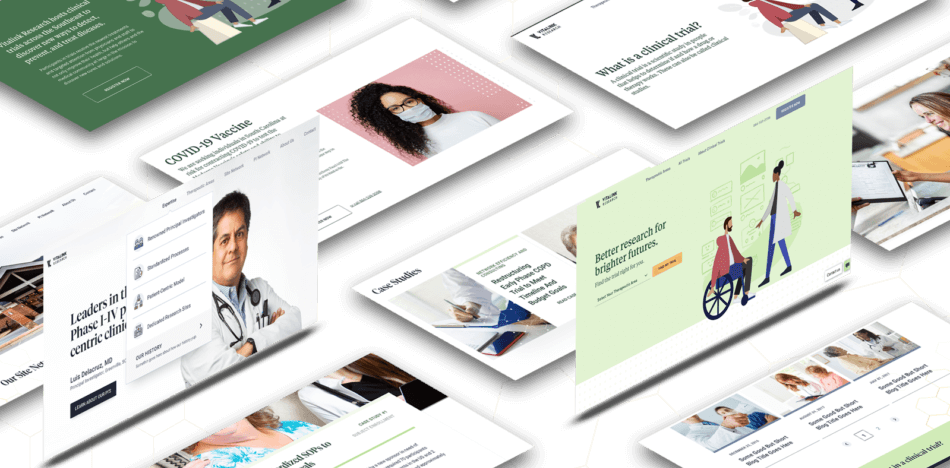
Building a Nimble Brand
Fortunately, 3 Owl had a long history with VitaLink, which is headquartered in Greenville, South Carolina and is now one of the world’s largest privately owned networks of clinical research sites.
We had also already created a robust brand for VitaLink, complete with automated design systems that allowed us to produce brand-consistent marketing materials at speed. And we had already developed a robust digital infrastructure with a fully integrated digital experience platform (DXP) to drive their online brand experience.
One recommendation we had made to VitaLink 18 months earlier proved especially foresighted. Like most clinical trials companies at the time, VitaLink originally had a single website that attempted to serve all stakeholders: scientists, biotech and pharmaceutical companies, government agencies, and volunteers. While the first three audiences had largely overlapping needs, volunteers had very different needs and generally did not have the scientific sophistication expected by the other audiences.
We concluded that, by trying to serve these very different audiences, the VitaLink site wasn’t serving either very well, so we recommended creating two separate websites. One would speak to scientists, biotech companies, and government agencies. It would emphasize scientific methodology, biotech ROI, and streamlined logistics.
The second would be a patient-facing site, dedicated solely to volunteer recruitment and communication. It would be consistent with the overall VitaLink brand, but slightly softer and warmer, with simpler language and effortless connection. Messaging would emphasize hope, meaningful contributions, and quality of life.
VitaLink agreed with our recommendations, so we got to work.
When we were done, VitaLink’s two websites were each better aligned with their audiences. We had also simplified their backend infrastructure and streamlined their internal processes. We of course didn’t know that a pandemic was ahead, but we knew that, whatever crises or opportunities might come, VitaLink now had the infrastructure they needed to respond quickly and decisively.
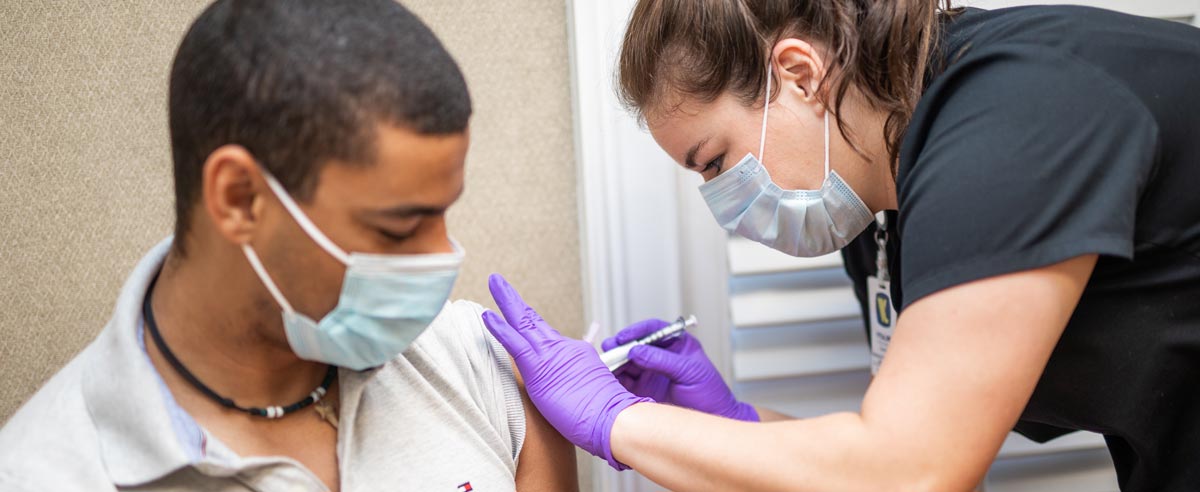
A 72-Hour Sprint
After we got the call from VitaLink about the Moderna trial, we did a 72-hour sprint to start recruiting volunteers.
In those first 72 hours, we built a dedicated landing page for the study on the patient-facing website. We also purchased the domain name CovidVaccineSC.com and redirected it to the landing page, for enhanced SEO.
On the backend, we set up ChatBot and six live support people to manage volunteer traffic. We integrated ChatBot, CallRail, and Mailchimp into a master spreadsheet so that every call and submission were automatically added, and volunteers received immediate followup emails with additional study information.
We also launched an online advertising campaign. We researched other COVID-19 ads on social media and defined target audiences. We then built 20 variations of creative for the campaign so that we could test and quickly optimize our spend. These included ads targeted by demographic, social channel, and placement. We optimized daily by using each day’s analytics as a new baseline from which to iterate for the next day’s ads.
We could do all this so rapidly because we had already developed the patient-facing site, the integrated digital infrastructure, and the automated design systems. We had long ago prepared the way to launch large recruitment campaigns at speed.
Exceeding Recruitment Goals
With online advertising funneling traffic to the patient-facing website and underlying digital infrastructure, VitaLink was soon exceeding its weekly recruitment goals.
The original recruitment goal was 400 volunteers recruited in four weeks. Early success led to a stretch goal of 2,000 interested participants.
Within two weeks, we had recruited 1,000 potential volunteers and were on-pace to recruit 2,000 in four weeks.
Early in the third week, we had already recruited 1,700 potential volunteers. We created a lookalike ad target from this list. This list had the lowest cost per conversion as it was hyper-targeted based on our own data from the previous two weeks.
During the third week, we also wrote, filmed, edited, and placed a broadcast television commercial, following rigorous safety protocols to keep all involved safe from infection during the filming. We also secured fast-tracked approval for the ad from the Institutional Review Board (IRB). The ad aired on South Carolina television stations for one week and helped bring in an additional 1,200 potential volunteers.
By the end of the fourth week, we had recruited 3,200 new potential volunteers, which, after qualification, is likely to translate to 5% of the national total sought by the NIAID and Moderna. We had exceeded the original recruitment goal by 800% and even the stretch goal by more than 50%.
Operation Warp Speed Takes Notice
These numbers all caught the attention of Operation Warp Speed, a joint program of the Department of Health and Human Services, the CDC, the NIH, the Biomedical Advanced Research and Development Authority (BARDA), and the Department of Defense.
The program sent their chief advisor, Moncef Slaoui, PhD, and their COO, General Gustave F. Pernahttps to VitaLink to learn from our recruitment efforts and apply them to the Coronavirus Prevention Network, which is recruiting volunteers nationally for all government-sponsored COVID-19 vaccine trials.
The work we did in partnership with VitaLink could now potentially help accelerate the trials of additional candidate vaccines. Effective recruitment will continue to be a key factor in saving more lives and ending this pandemic sooner.
A Brand Pivot for VitaLink
Seeing an opportunity to make an important contribution during this pandemic, VitaLink is now poised to conduct additional trials and become a leader in the fight against COVID-19. Their previous work has often focused on diseases of the pulmonary system, so, scientifically, they were already well positioned to study a respiratory virus. We’re now in the midst of helping them redefine their brand to encompass a new focus on prophylactics, vaccines, and treatments for respiratory viruses.
As always, we’re building it all with the infrastructure that will allow them to move nimbly in response to crises and opportunities. And as new trials require more recruitment, we’re ready to help.
It’s been very gratifying to all of us at 3 Owl to be a part of this. We’re not doctors or scientists. We can’t cure anyone or do the most critical work on the front lines of this crisis. But through VitaLink, we have the opportunity to support the people searching for a way to end this pandemic. That feels pretty good.
3 Owl Hosts Marketing Panel at OPEN Atlanta Conference
OPEN Atlanta’s Annual Event was held on December 8th at the Atlanta Tech Village. Speakers include some of the most influential entrepreneurs, business executives, and transformational leaders.
Our founder, David Feldman, was invited to help put together a panel of marketing thought leaders and led a discussion on how digital marketing can enable brand storytelling. The panel included Umama Kibria (Founder and CEO of Sweatpack), Andrew Jones (Principal at Pompier + Partners), Melati Belot (Director of Client Engagement at Y Media Labs), and Jacquie Chew (SVP of Marketing at Avertium).
Check out photos from the event below!
